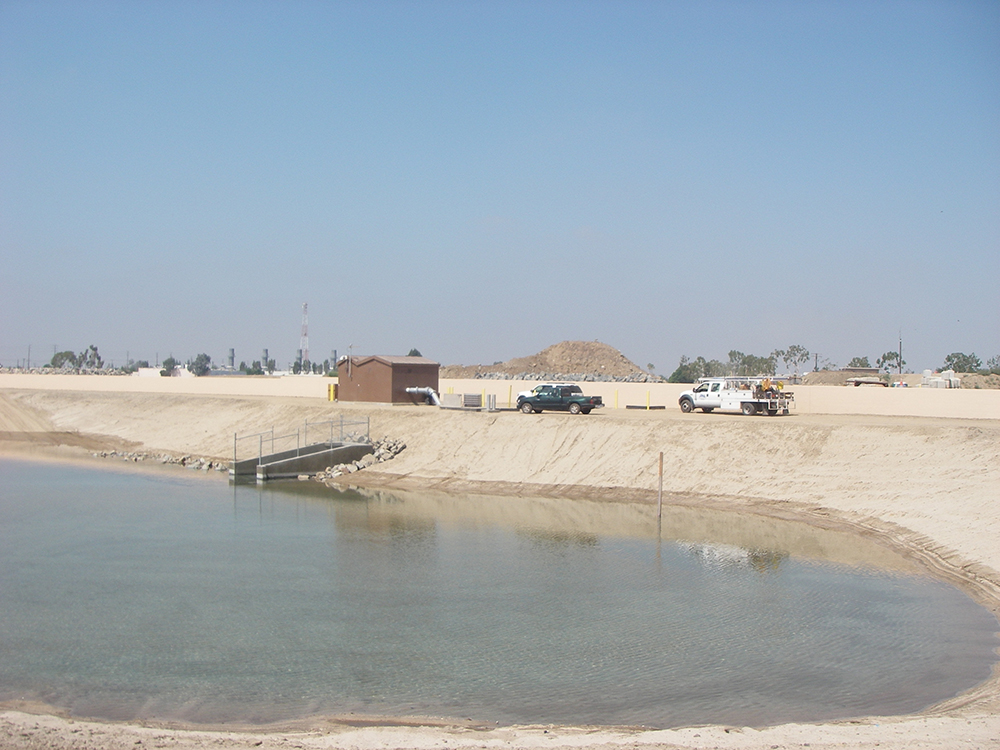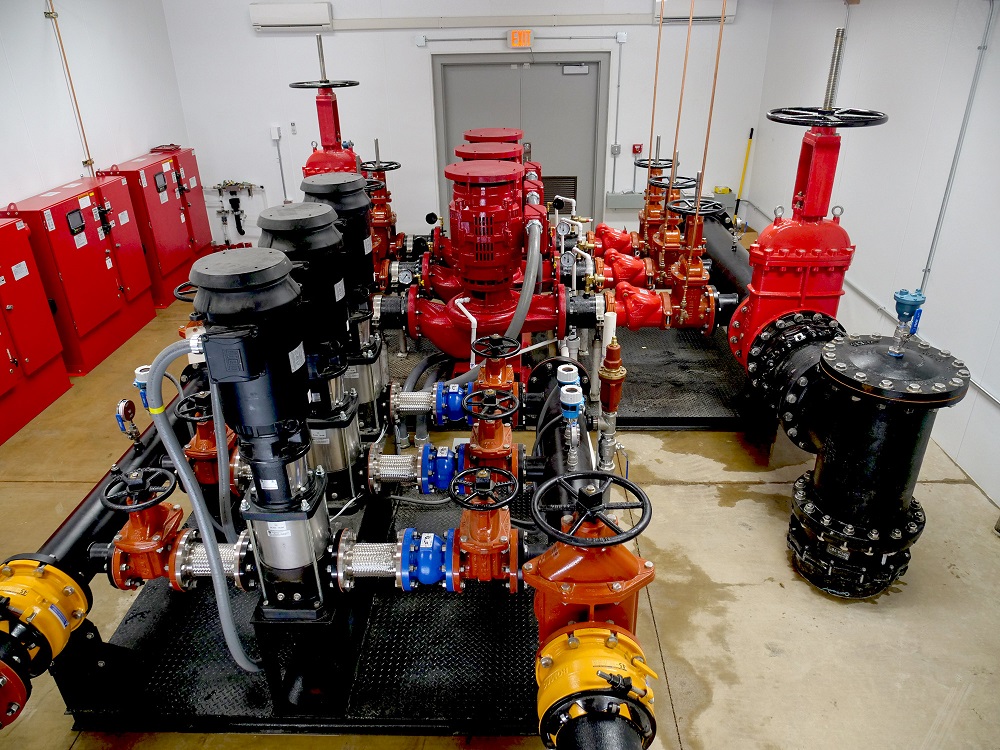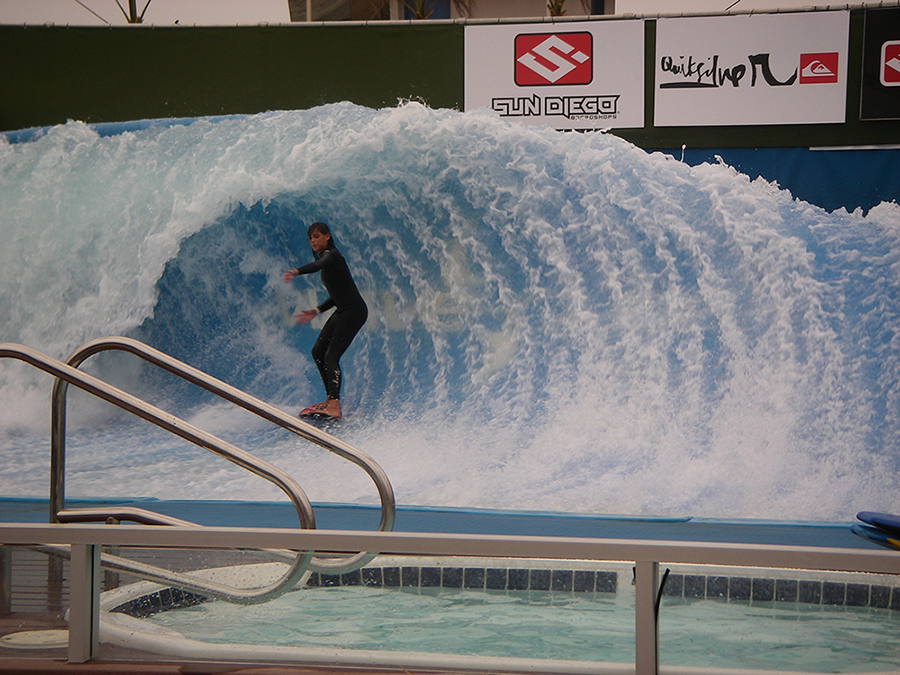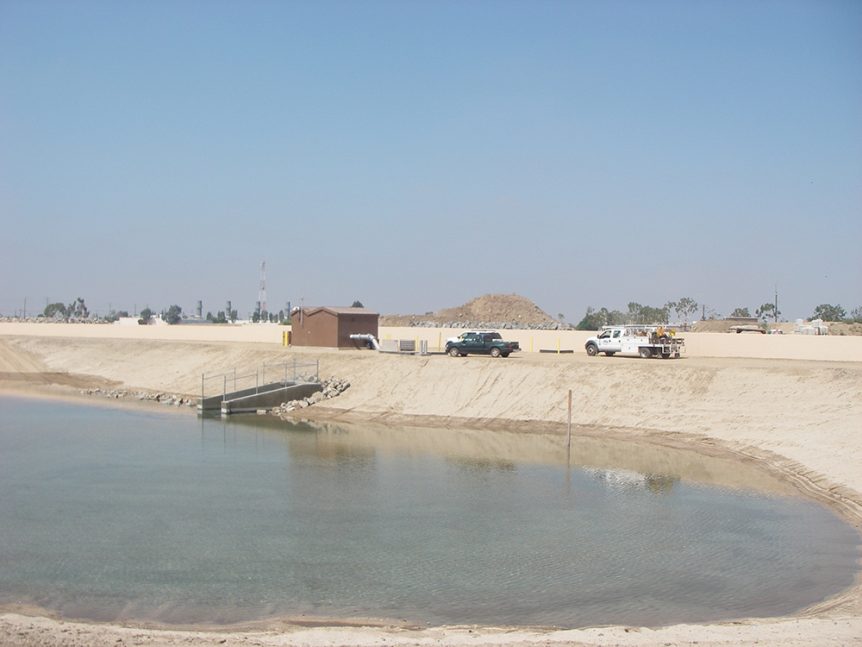In this final blog discussing water types and pump station design, we will look at how sources of clean water can carry specific design implications. Clean water is in many respects the easiest water to pump. By definition, clean water is free from grit and solids and has no unusual water chemistry, eliminating a lot of the major concerns for engineering a pump station. However, there can be differences in the design of a pump station to suit some applications better than others.
When people think of clean water, their first thought is probably potable water (drinking water). Potable water is pumped in various ways to reach any structure within a municipal water district. Booster pump stations can become necessary as a water district expands. For new developments at the periphery of a water district, water pressure can weaken and become unreliable, so booster pump stations increase the water pressure in the outlying infrastructure.

Booster Pump Stations
There are a lot of different methods for designing a booster pump station. They can be designed to pump from a collection well, to pump “in line” with the water main, or to pump from a skid-mounted system. Typically, these choices are predetermined by the design standards of a water district. These standards are determined by the district’s familiarity with a configuration, cost of the configuration, required maintenance, and reliability of the system. Design standards are valuable for booster pump stations because of the large number of possible design configurations. Potable water can be pumped efficiently by almost any pump type depending on the requirements for flow and pressure.
Clean water, when thinking in terms of pump station design, is not limited to potable water. Raw water is another common type of clean water handled by pump stations. Raw water can be used for irrigation, industrial processes, and potable water after it’s treated. Depending on the specific application, there are many ways that raw water can be handled by a pump station. Since it is still clean water, raw water can also be handled efficiently by most pump types.

Raw Water Pump Stations
The two most common scenarios for raw water pumping are pumping from a deep well and pumping from a basin, reservoir, or holding pond. Turbine pumps are typically the best solution for deep well clean water pumping because the motors are surface mounted and they pump efficiently. These pumps also work well in the second scenario when pumping from a collection basin, as long as there is an intake structure below the pumps. If there is not an intake structure, a pumping system with self-priming pumps will work well because they can “drop” suction lines into the pond to “suck up” water to the pumps. For these scenarios, the pump station electrical controls can be configured to start and stop on level, pump through a flow meter, or pump to calculated flow. These control configurations can range from very simple to very sophisticated depending on the project requirements. There are many other possibilities for these types of clean water systems, but for most scenarios, these options provide the most efficient pumping with the lowest system cost.
In irrigation, most of the pumping solutions discussed to this point can also be applied. There are booster systems, wells, intake structures, aqueducts, and collection ponds that can require a pump station to irrigate to crops or other locations. Just like with the other applications, these will be designed per the site requirements for flow, pressure, and cost with a wide range of options for the configuration and pumps. With irrigation specifically, skid-mounted pump stations are extremely popular options because they can be designed to be mobile (in a truck bed or on a trailer) and they don’t require a permanent structure beyond a collection basin or aqueduct. These two advantages plus substantial cost savings make skid-mounted pump stations great for irrigation applications.
The final common source of clean water is from industrial processes. This type of pumping scenario was discussed last week. Clean water from industrial processes will typically involve pumping water from treatment or for reuse. Pumping clean water from treatment on an industrial site will either go to offsite treatment or to discharge. These pumping systems are typically designed per the pumping requirements and per the standards of the industrial site. These are the paramount design criteria as with most of the clean water pumping scenarios discussed. With reuse pumping, as we saw last week, the pumping system may have to pump into an existing pressure main with high head conditions. These systems may require an increased level of hardware to handle the pressure. This can shape the system design away from simply meeting design standards.

Pumping Clean Water for Recreation
A less common type of clean water pumping scenario is for water recreation and water features. High flow, low head pumping is common with large commercial fountains and water park rides and attractions. These pumping systems need tremendous pumping efficiency and sophisticated electrical controls. Turbine pumps and axial flow pumps are commonly used in these types of systems. Robust, PLC control panels are typical for these types of systems to provide the level of control needed to operate complex or elaborate features. Romtec Utilities can design pumping systems for high flow water features with elaborate and sophisticated controls.
There are a lot of different scenarios for pumping clean water, but the applications discussed in this blog are some of the most common. As can be seen in each application, it is typical that with clean water that the pump station design should try to efficiently meet the pumping requirements while also meeting the customer’s design standards. With other water types, it is often necessary to forgo peak efficiency and/or design standards to make sure the pumping system can handle unusual conditions with the water. This is almost never the case with clean water. In clean water, the design of a lift station is essentially up to the customer in terms of desired efficiency, configuration, capabilities, and cost. Romtec Utilities can design and supply clean water pumping systems capable of meeting any or all of these project requirements.


